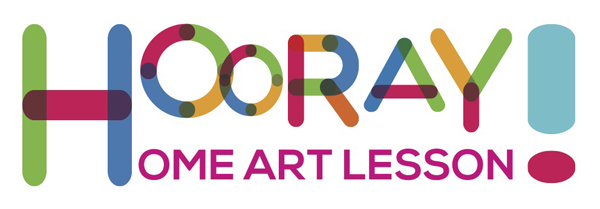Course outline
Pre-Primary: Nursery to Kindergarten Two
Pre-primary students start off with basic fundamentals which include shapes, lines and dots. After that, they will learn how to create objects, animals and people using these basic knowledge.
Students at this level learn through interactive demonstrations by the teacher and following that it will be hands-on for the students and they will use their imagination to create the composition.

Primary: Primary One to Primary Six
Lower primary students are taught basic visual vocabulary such as line, shape, form, texture. colour, pattern and tone. They learn to manipulate these elements of drawing to depict objects, animals and people. They are also taught to create more visual effects in their art pieces through light, shadow and background regression. Outdoor drawing lessons are held to teach students to observe and depict scenery in sketches and painting. Throughout the course, students are encouraged to experiment with new media such as markers and recycled materials or combination of familiar ones such as oil pastel, water colour, crayon and paint.
Upper primary students are taught simple rules of perspective to draw more realistic landscapes. They learn to express their artistic intention more skilfully in their selection of a subject, their use of colour or brushstrokes, and their choice of media. They also learn pencil-shading, depicting three-dimensional objects realistically in a two-dimensional plane by varying just tone and texture alone. At the same time, they are introduced to nature and still-life painting. The focus will be on reinforcing skills acquired previously by presenting students with more complicated problems.


Secondary: Secondary One to Secondary Four
Lower secondary students are taught how to find and collect information in order to create artwork. This guides and enhances their observation, and teaches them how to develop an idea from a theme. The lower secondary syllabus is built around theme works. Students will continue to practise still-life painting as this is an important technique that is required even in the upper secondary.
Upper secondary students continue to use their skills acquired from previous years. They will further expound on “themes”. Students need to prepare their development papers of sketches and shadings. These papers need to evidence the use of art elements (e.g. shapes and textures, tones and colours, etc) and design elements (e.g. overlap, distort-enlargement, etc).
The GCE ‘O’ Level Art Exam involves 2 papers. Paper One covers Coursework which weighs about 60% and Paper Two covers Drawing and Painting which weighs 40%. Coursework takes about 8 months to complete and involves the development of concepts, sketches, mind mapping, photographs etc which eventually will materialize into the actual artwork. Preparatory studies involve researches into selected themes, artist reference and appreciation and the final layout of the artwork. Students need to have good skills and techniques in art in order to enhance the painting.
We adopt a systematic methodology to engage our students on this journey to guide them in their preparation for the exam. As the syllabus requires more than the usual training in drawing and painting, students are advised to join the classes as early as possible.


![]()
Adults and Golden Age
Adults and senior citizen attend classes to enjoy themselves. All classes are created based on their interests and current capabilities as some of them may already have the ability to draw. The aim is to hone and enhance the skills of our patrons.

